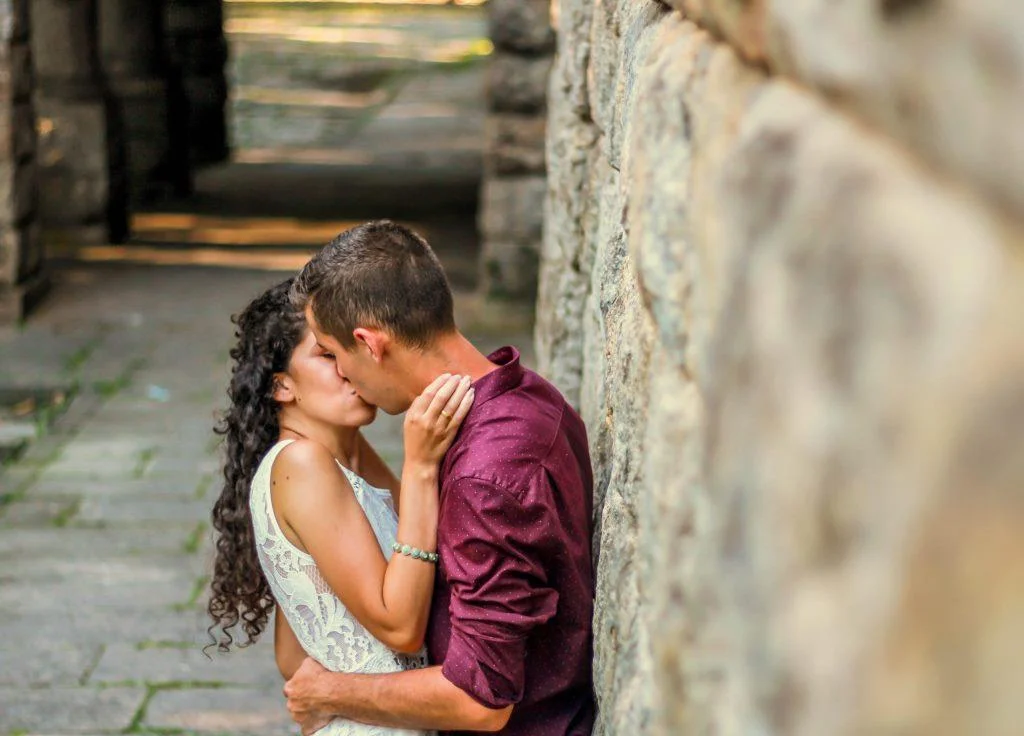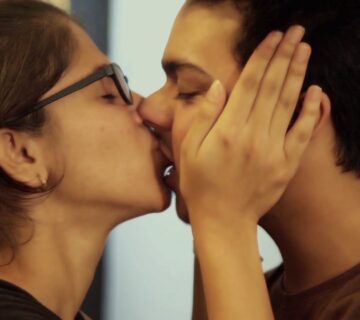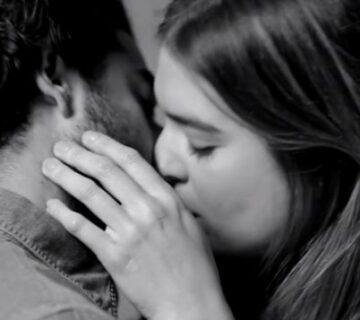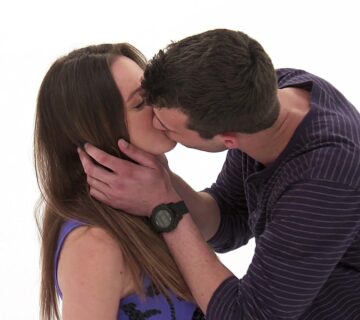Taking the leap to your first kiss is exhilarating, memorable, and sometimes a little nerve-wracking. Knowing how to have your first kiss—and make it amazing—isn’t about scripts or formulas, but about authenticity, mutual comfort, and a touch of courage.
Why the First Kiss Means So Much
The first kiss is far more than just a milestone; it’s a moment packed with hope, wonder, and an exciting sense of possibility. For many, it becomes a story retold for years or a memory replayed in quiet, private moments. Scientists and psychologists suggest the first kiss can even influence the course of a new relationship, acting as both a litmus test and a bonding ritual.
-
Evolutionary role: Kissing signals emotional closeness and compatibility, and can spark attraction rooted in scent, body language, and subconscious cues.
-
Emotional signal: The right kiss affirms mutual interest; the wrong one, or one attempted without consent, can bring doubt into a budding romance.
-
Lasting memory: Most people remember their first kiss longer than other early relationship “firsts.”
Step 1: Get Yourself Ready
Hygiene is Key
-
Brush your teeth and use mouthwash before you meet up.
-
Use lip balm for soft, kissable lips—but skip sticky glosses.
-
Chew gum or a mint before you lean in (just discard it first).
-
Dress comfortably and choose clothes that help you feel confident.
Build Your Confidence
It’s okay to feel nervous! Just about everyone does before their first kiss. Try to focus on enjoying the moment, not “performing” perfectly.
Step 2: Set the Scene
The best first kisses don’t happen in crowded, chaotic environments. Try to make sure you’re:
-
In a comfortable, semi-private place.
-
**Sharing a moment of calm or warmth—**perhaps after a laugh, a deep conversation, or a shared glance.
Step 3: Read the Signals
Body Language
Clues your partner is ready for a kiss include:
-
Prolonged eye contact, especially glances at your lips
-
Leaning in closer, standing or sitting within your “personal bubble”
-
Casual touches on your arm or hand
-
Mirroring your movements
When in doubt, ask! “Can I kiss you?” is more romantic than awkward—a sign of confidence and respect that often brings a smile.
Step 4: Closing the Distance
-
Move in slowly. Give your partner time to respond; anticipation is part of the magic.
-
Make gentle eye contact just before you close your eyes. This establishes a sense of intimacy.
The 90/10 Rule: In dating lore, you lean 90% of the way, leaving the last 10% for your partner—this helps ensure mutual desire and avoids surprises.
Step 5: The Kiss Itself
-
Keep your lips soft and just slightly parted. No tight puckering or wide-open mouths—think gentle, natural, and relaxed.
-
Hand placement: Rest your hands lightly—on their shoulder, neck, back, or if you’re comfortable, cup their cheek. Avoid grabbing tightly or making sudden moves.
-
Tilt your head slightly to the right (statistically, most people do).
-
Maintain light but steady pressure; let your partner reciprocate and match the pace.
-
Keep the first kiss short. Don’t rush into something more passionate; the first kiss is about connection, not technique.
Step 6: After the Kiss
-
Smile or laugh to melt any tension; genuine warmth reassures both of you.
-
Say something kind: (“That was really nice,” or just a shy comment about the moment).
-
Stay close, hold hands, or hug—follow the mood and your partner’s cues.
Common First Kiss Mistakes — and How to Avoid Them
-
Bad breath or dry lips: Take care of both before the moment arrives.
-
Ignoring signals: Always pay attention to body language, and don’t push if your partner seems hesitant.
-
Trying to make it “perfect”: The best kiss is a real one, nerves and all—don’t overthink it.
-
“Going in strong”: Start gentle. Avoid overwhelming your partner with a long or intense kiss.
Handling Awkwardness or Rejection
-
If you bump noses, giggle together—most first kisses have a bit of awkwardness, and that’s disarming in a good way.
-
If your partner pulls away, don’t panic. Smile, give them space, and check if they’re comfortable with moving forward.
-
Remember, one imperfect moment doesn’t define your romantic story.
How to Do Kiss First Time: Quick-Reference Checklist
-
Fresh breath and clean lips
-
Private, cozy setting
-
Shared laughter or connection
-
Eye contact and body language signals
-
Lean in slowly—pause for reciprocity
-
Close eyes before lips meet
-
Keep lips soft, pressure light
-
Relax! Let the moment unfold
-
Smile, compliment, stay present after
Emotional and Psychological Impact
Research links the first kiss to “chemistry testing,” where both people subconsciously gauge attraction, pheromones, and compatibility. If you feel a butterfly rush, you’re not alone—science says that’s completely normal.
Read More: After How Many Dates Should You Kiss? A Complete Guide to First Kiss Timing
Final Thoughts: Your First Kiss Is the Beginning, Not the End
Everyone’s first kiss is unique—a blend of nerves, hope, laughter, and discovery. Remember: The perfect first kiss is not about flawless technique, but about kindness, communication, and being fully present. Don’t let nerves keep you from the magic. Whether it’s thrilling, goofy, or surprisingly sweet, your first kiss is the starting line of a new adventure, not the finish.
Enjoy every heartbeat, every laugh, every awkward tilt. Let it be yours—and let it be real.








[…] Read More: How to Have Your First Kiss: A Step-by-Step Guide to Nailing That Unforgettable Moment […]